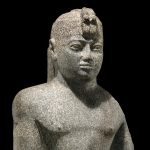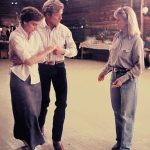Elephant Anatomy and the Pain Beneath the Saddle
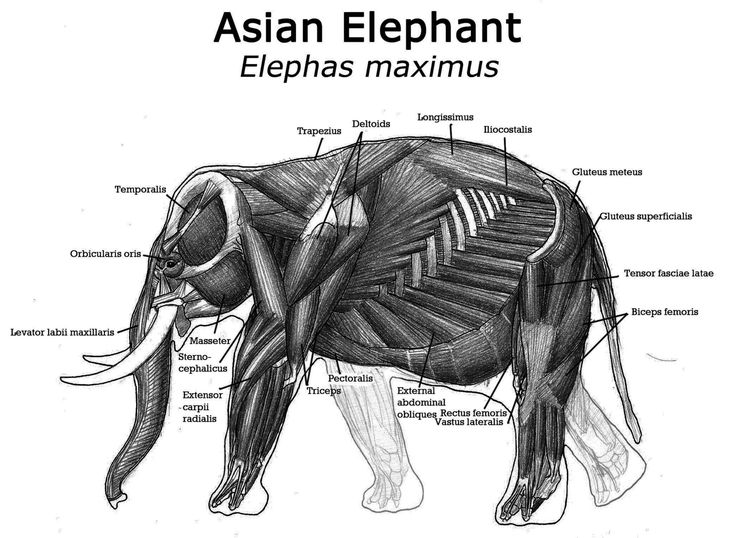
Elephants are incredible, powerful creatures, but their bodies are not structurally built to carry heavy loads, especially on their backs.
Sensitive Spinal Structure: Unlike horses or cattle, which have curved spines better designed for weight-bearing, elephants possess sharp, upward-pointing bones along their spine. Between these bony structures and the skin, there are only soft tissues and muscles, lacking the thick padding required to bear significant weight.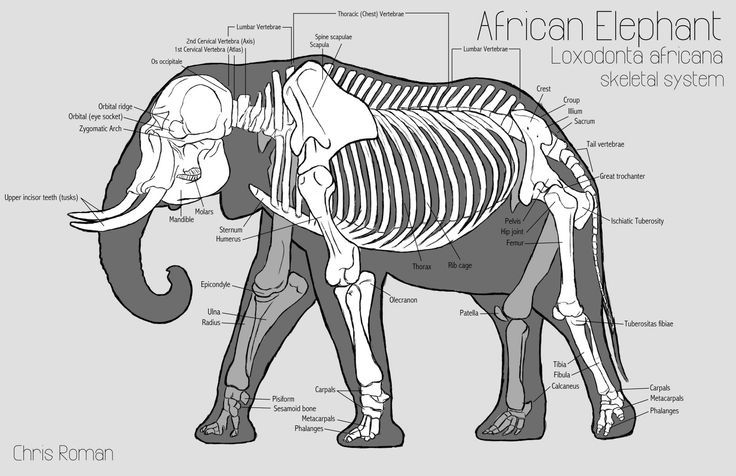
The Impact of Riding: Placing saddles (often heavy wooden structures) and tourists directly onto an elephant’s back exerts immense pressure on these soft tissues. Over time, this sustained pressure can injure the tissues around the spine, potentially leading to permanent skeletal deformities and chronic back problems.
Riding an elephant puts stress on body parts that were simply never meant to bear such weight. This results in chronic pain and lasting damage, making it difficult for the elephant to walk or move freely later in life.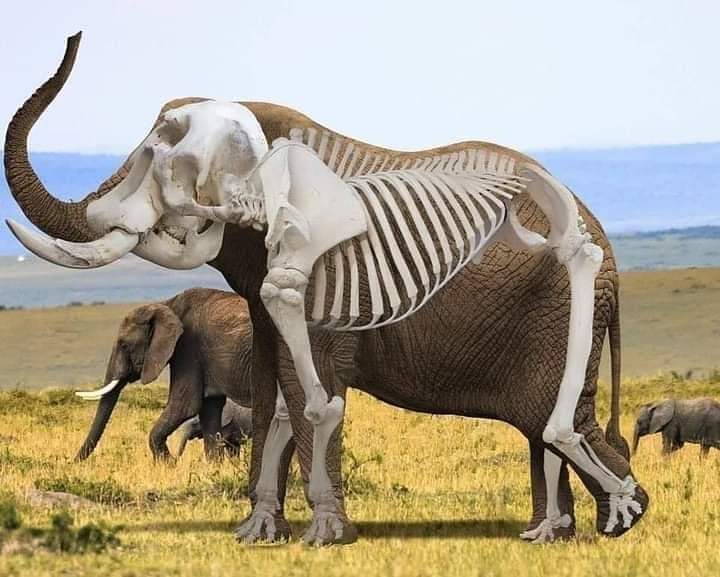
Supporting Ethical Tourism
These gentle giants deserve kindness and respect. Instead of riding them, we can support ethical tourism by making conscious choices:
Observing in the Wild: Opt for responsible safaris or tours where elephants are observed from a distance in their natural habitats.
Visiting True Sanctuaries: Support genuine sanctuaries where elephants are properly cared for, allowed to roam freely, and are not subjected to forced work or close human interaction (like bathing or riding).
By choosing ethical alternatives, we can admire their beauty and strength without contributing to their suffering






